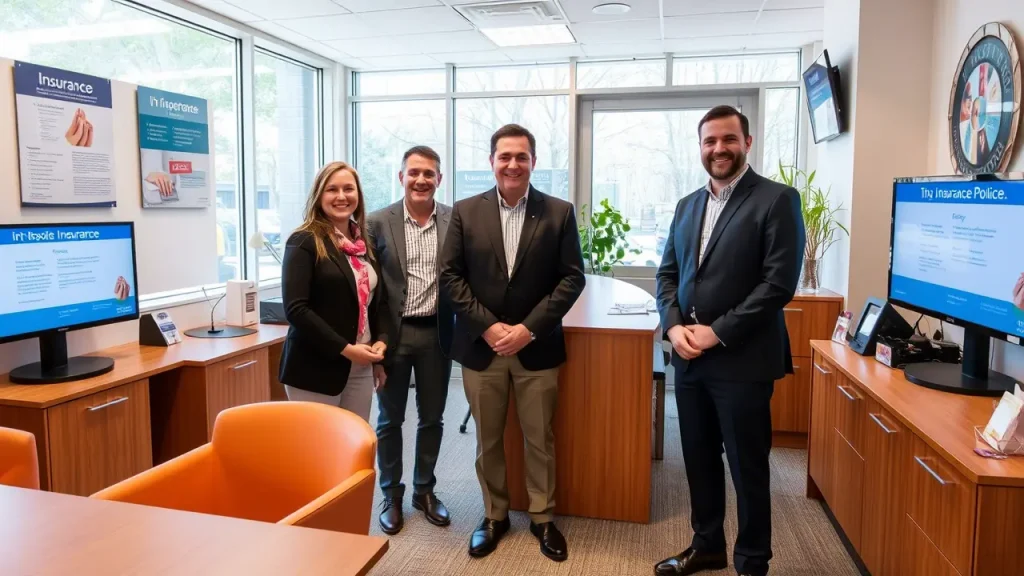Affordable Insurance in 2025: Smart Strategies to Find the Best Coverage for Less
The insurance landscape has evolved significantly in recent years. With rising costs affecting household budgets across America, finding affordable coverage has become a priority for many. This guide explores the current insurance market, highlighting strategies for securing cost-effective policies without sacrificing necessary protection.
Understanding Today’s Insurance Marketplace
Insurance premiums continue to be influenced by multiple factors in 2025. Location remains paramount, with significant variations in pricing between states and even neighboring counties. Risk assessment models have become increasingly sophisticated, analyzing everything from credit scores to digital footprints when calculating premiums.
Industry data indicates that Americans spend an average of 14% of their household budget on various insurance products. This financial commitment underscores the importance of finding policies that offer genuine value rather than simply chasing the lowest premium.
Smart Comparison Strategies for Better Coverage
Finding optimal insurance coverage requires more than casual browsing. Effective comparison should include examining coverage limits, deductible options, and exclusion clauses across multiple providers. Digital comparison tools have advanced substantially, now offering side-by-side analyses of complex policy elements.
Many insurers now offer AI-powered assessment tools that can quickly identify coverage gaps and redundancies in existing policies. These innovations help consumers build a more cohesive insurance portfolio tailored to their specific needs rather than accumulating overlapping coverages.
Full Coverage vs. Basic Protection: Making the Right Choice
The distinction between full coverage and minimal protection has become increasingly nuanced. Modern full coverage packages frequently include emerging risk categories such as cyber protection and identity theft recovery services alongside traditional elements like comprehensive and collision coverage.
Industry experts recommend assessing personal risk exposure objectively when determining appropriate coverage levels. Homeowners in regions with increasing natural disaster frequency may benefit significantly from enhanced coverage, while urban apartment dwellers might prioritize different protections.
Local Insurance Options Worth Exploring
Regional insurance providers often deliver competitive rates alongside personalized service. These smaller companies frequently offer specialized knowledge of local conditions that national carriers may overlook. From understanding regional flood patterns to recognizing neighborhood-specific risks, local expertise can translate into more appropriate coverage recommendations.

Community-based insurance cooperatives have also gained popularity, particularly in rural areas. These member-owned organizations typically return excess premiums to policyholders when claims are lower than projected, creating potential long-term savings.
Digital Innovations Transforming Insurance Accessibility
Technology continues to reshape how Americans shop for and manage insurance. Mobile apps now offer instant premium calculations based on real-time data, while blockchain verification systems have reduced processing times for claims and policy adjustments.
Usage-based insurance models have expanded beyond auto coverage into homeowners and health insurance markets. These programs reward policyholders for preventative measures and responsible behaviors, creating opportunities for significant premium reductions.
Factors Influencing Premium Calculations in 2025
Insurance companies now employ increasingly sophisticated algorithms when determining rates. Credit-based insurance scores remain influential despite ongoing regulatory debates about their fairness. Geographic location continues to significantly impact premiums, with certain zip codes commanding substantially higher rates due to crime statistics or natural disaster probabilities.
Vehicle ownership costs factor heavily into auto insurance calculations, with electric vehicles generally qualifying for lower premiums due to their safety features and lower maintenance requirements. Similarly, homes with modern safety systems typically earn meaningful discounts.
Strategic Approaches to Lower Insurance Costs
Bundling multiple policies with a single provider typically generates savings between 10-25% on premiums. Higher deductibles continue to lower monthly costs but require careful consideration of emergency fund capabilities.
Maintaining excellent credit scores has become increasingly important for securing favorable rates. Many insurers now offer discount programs for participation in wellness programs or installation of smart home monitoring systems that reduce risk profiles.
Conclusion: Navigating Insurance Decisions Confidently
Finding affordable insurance requires balancing cost considerations with appropriate coverage levels. By understanding how premiums are calculated and exploring available discounts, consumers can make informed decisions that protect their financial future without unnecessary expense.
The most effective approach combines strategic comparison shopping with regular policy reviews to ensure coverage continues to match changing life circumstances. With thoughtful planning and awareness of industry trends, securing affordable insurance protection remains achievable even in today’s complex marketplace.
Frequently Asked Questions
How often should insurance policies be reviewed and potentially updated?
Most financial advisors recommend reviewing insurance coverage annually and after any major life change such as marriage, home purchase, or the birth of a child. The insurance marketplace changes rapidly, and policies that represented good value last year may no longer be competitive.
What role does a credit score play in determining insurance premiums?
Credit scores significantly impact insurance premiums in most states, with some carriers reporting up to 40% variation in rates based solely on credit factors. Maintaining excellent credit typically results in lower premiums across multiple insurance types.
Are online insurance quotes generally reliable indicators of final pricing?
Online quotes provide reasonably accurate estimates when all requested information is provided truthfully. However, final pricing may differ following detailed underwriting reviews that examine additional factors not captured in initial quote forms.
How can homeowners in high-risk areas secure affordable coverage?
Residents in areas prone to specific disasters should explore specialized programs like FEMA’s National Flood Insurance Program or state-run insurance pools designed for high-risk properties. Installing mitigation measures such as storm shutters or reinforced roofing can also qualify properties for premium reductions.
What emerging insurance options should consumers be aware of in 2025?
Parametric insurance policies, which pay fixed amounts when specific triggering events occur rather than reimbursing actual losses, have become increasingly mainstream. Additionally, micro-insurance products offering limited but specific coverage for lower premiums provide new options for budget-conscious consumers.
